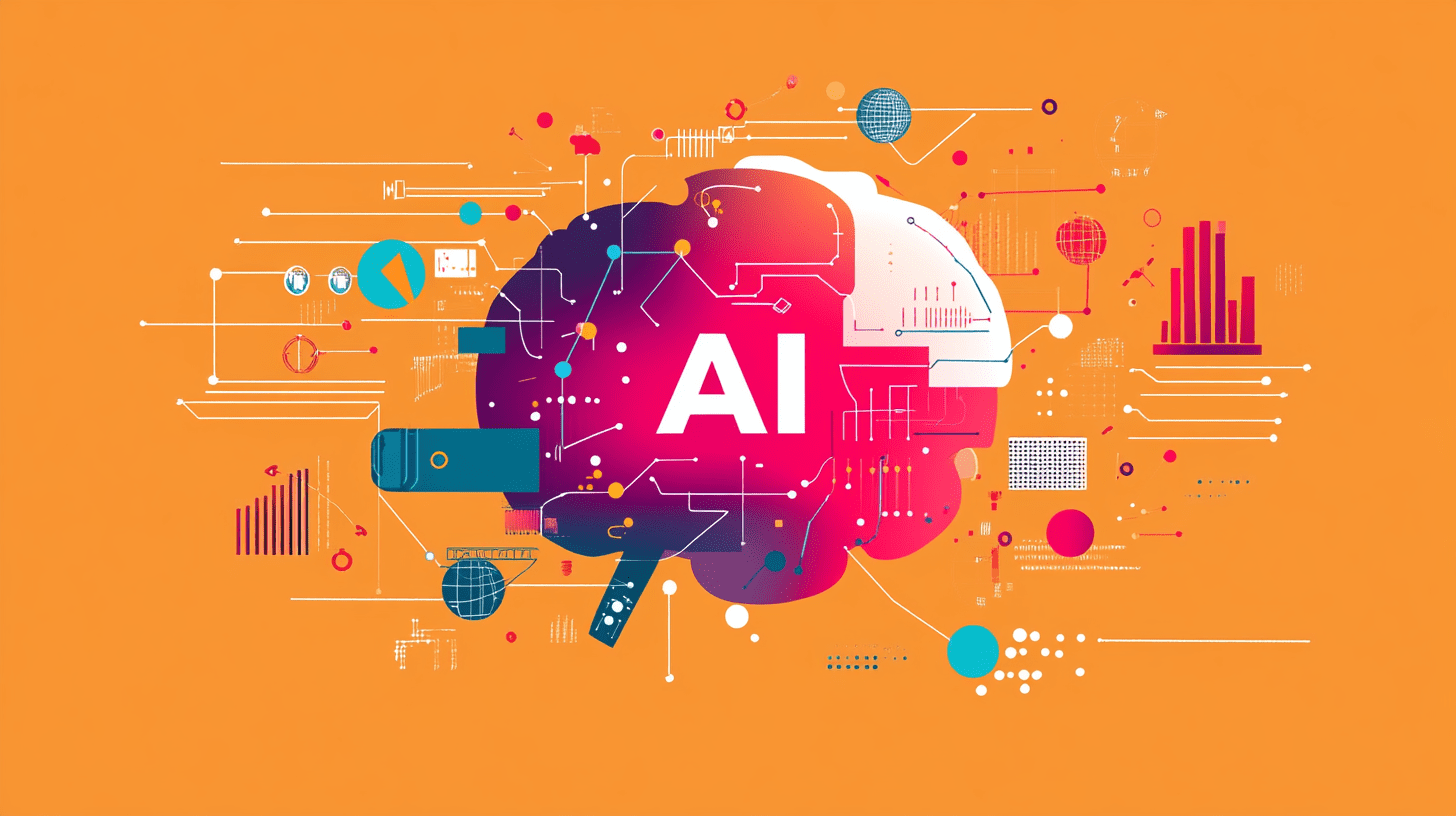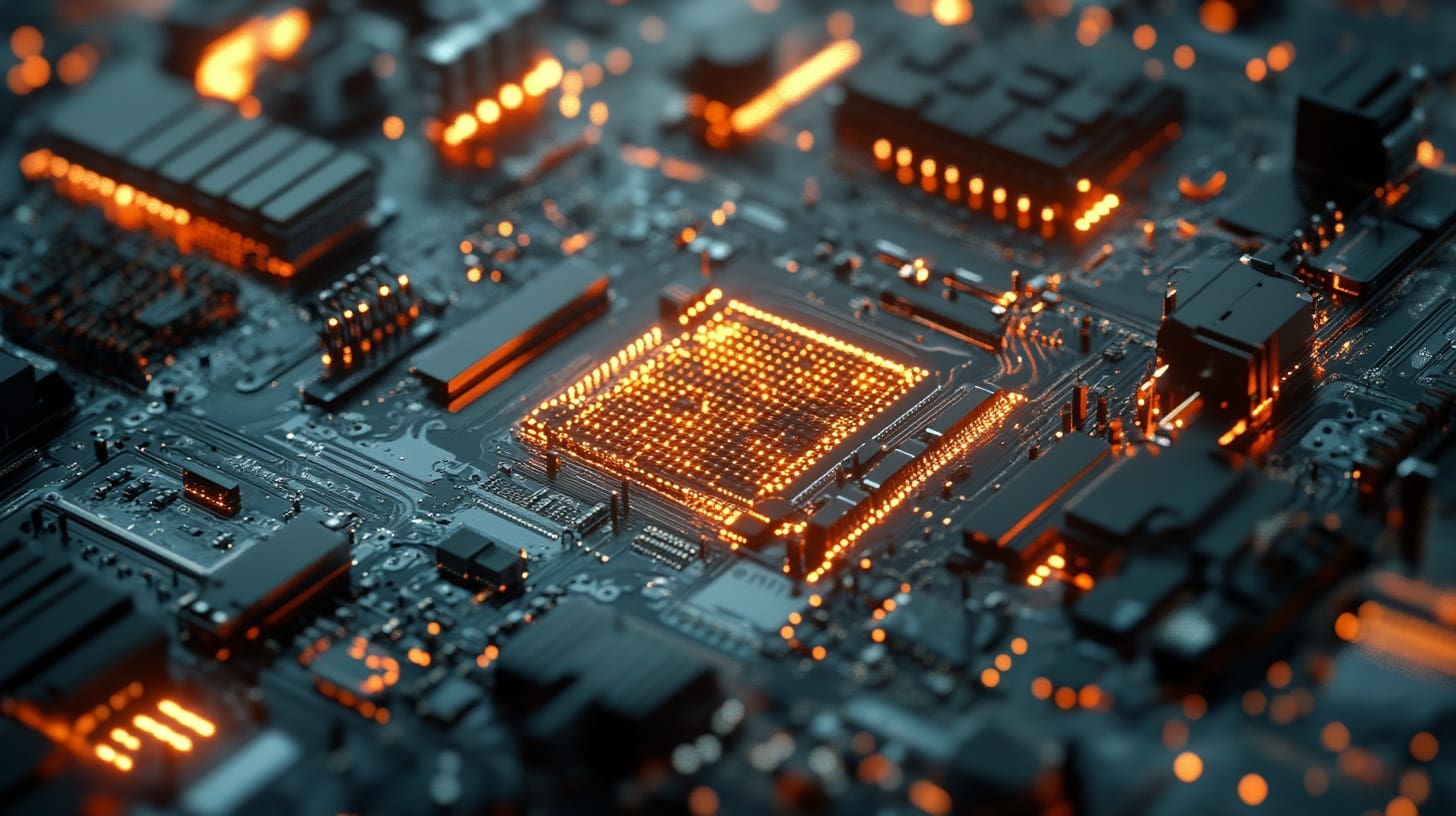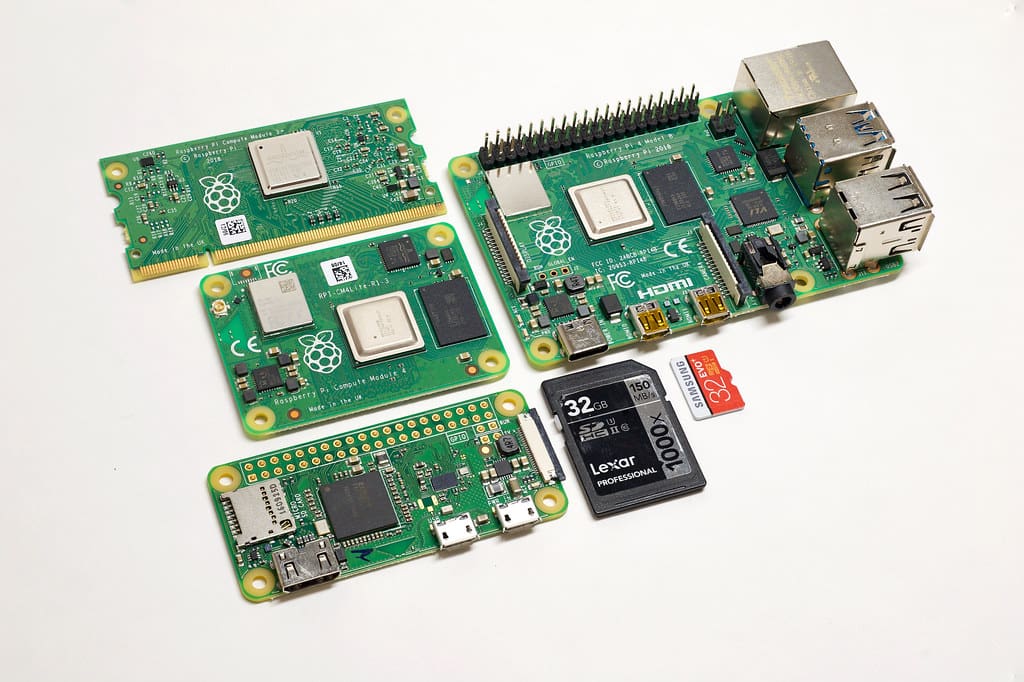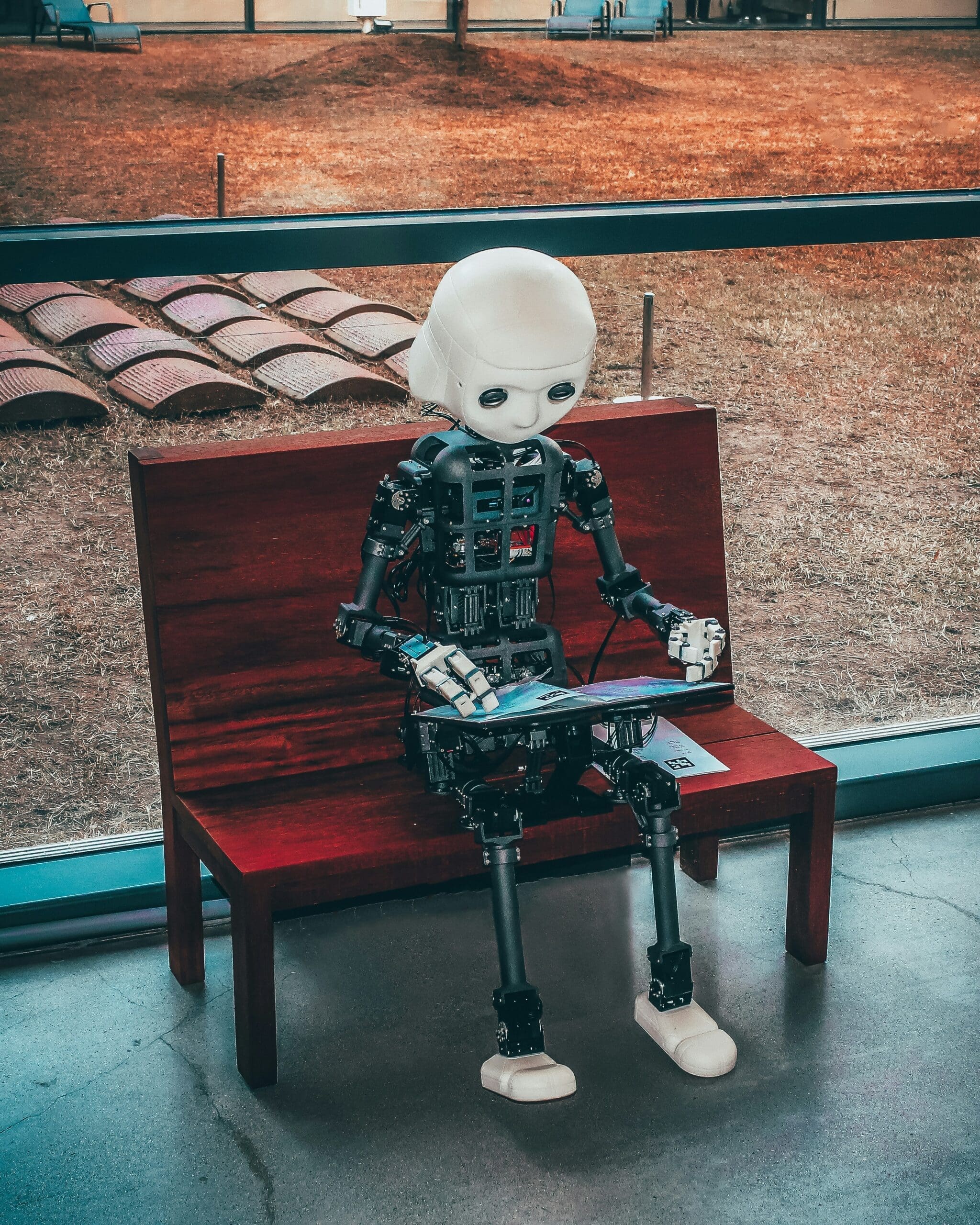Artificial Intelligence, commonly known as AI, refers to the simulation of human intelligence in machines, empowering them to perform tasks that would typically require human intellect. From basic problem-solving abilities to complex pattern recognition, AI enables machines to learn, reason, and adapt over time. The essence of AI lies in creating algorithms and systems that mimic cognitive functions, such as learning from experience, understanding language, and making decisions. The concept, though seemingly modern, has roots in mid-20th-century computer science but has evolved rapidly over the past few decades, transforming from theoretical research to practical applications integrated into various aspects of daily life.
AI can be broadly categorized into two main types: Narrow AI and General AI. Narrow AI, or weak AI, is specialized for specific tasks, such as image recognition or language translation, without possessing true human-level understanding. General AI, or strong AI, hypothetically refers to systems capable of performing any intellectual task that a human can. While Narrow AI is already prevalent, General AI remains largely theoretical, sparking debates about its feasibility and ethical implications.
Core Concepts in AI
Understanding AI requires familiarity with several core concepts that form its foundation. These concepts include machine learning (ML), deep learning (DL), natural language processing (NLP), and robotics. Each plays a unique role in AI’s ability to process and interpret data, draw conclusions, and perform tasks autonomously or semi-autonomously. Here’s a brief look at each:
- Machine Learning (ML): This is the most fundamental branch of AI, where algorithms learn from data to make predictions or decisions. ML enables systems to improve their performance over time without explicit programming. Popular ML techniques include supervised learning, unsupervised learning, and reinforcement learning, each suited for different types of problems.
- Deep Learning (DL): A subset of machine learning, deep learning uses neural networks with multiple layers to model complex patterns in large datasets. This technology powers many high-profile AI applications, such as image and speech recognition. Deep learning is particularly useful for tasks that require high levels of accuracy and can handle vast quantities of unstructured data.
- Natural Language Processing (NLP): NLP enables computers to understand, interpret, and generate human language. It underpins various applications, from chatbots and virtual assistants to language translation services and sentiment analysis tools. NLP combines linguistics and computer science to enable machines to process and respond to natural language in a way that feels intuitive to users.
- Robotics: Robotics and AI often intersect, especially in applications where machines must perform tasks in dynamic environments. With AI, robots can execute complex, context-aware actions, making them valuable in industries like manufacturing, healthcare, and logistics.
Historical Background and Milestones
The concept of machines exhibiting intelligent behavior was popularized in the 1950s when researchers and scientists, such as John McCarthy, Marvin Minsky, and Alan Turing, began exploring the possibility of machine intelligence. Alan Turing, a pioneer in computer science, introduced the idea of a machine’s capability to simulate human thought processes through the “Turing Test,” a criterion to determine whether a machine can exhibit human-like intelligence.
In 1956, the Dartmouth Conference marked the official beginning of AI as a field of study. Here, researchers proposed that every feature of learning and intelligence could, in principle, be described and simulated by machines. The following years saw AI move through periods of rapid progress, often followed by periods of stagnation, known as “AI winters,” due to overpromises and limited computing power of the time.
The 21st century witnessed a resurgence in AI development, fueled by significant advancements in computing power, data availability, and algorithmic innovation. Breakthroughs like IBM’s Deep Blue defeating world chess champion Garry Kasparov in 1997, Google’s DeepMind’s AlphaGo beating the world Go champion in 2016, and OpenAI’s GPT-4 showcasing remarkable language generation abilities have all showcased the growing capabilities of AI. These milestones indicate not just progress but a transformative impact on multiple industries.
Applications of Artificial Intelligence Today
AI is no longer confined to theoretical or niche applications; it now plays a significant role in everyday life and various industries. Some prominent areas where AI has made considerable impact include:
- Healthcare: AI-driven systems assist in diagnosing diseases, analyzing medical images, and even predicting patient outcomes. Technologies like IBM Watson Health leverage machine learning to support doctors in treatment planning by analyzing vast medical data.
- Finance: The financial industry employs AI for fraud detection, automated trading, and personalized financial advice. Algorithms can analyze transaction data in real time, flagging suspicious activity and enabling proactive fraud prevention.
- Retail and E-commerce: AI enhances customer experiences in retail through personalized recommendations, efficient inventory management, and even virtual shopping assistants. Recommendation engines, popularized by platforms like Amazon and Netflix, use customer data to suggest products, increasing engagement and satisfaction.
- Transportation: Autonomous vehicles are a notable AI-driven innovation in transportation. Companies like Tesla and Waymo use AI for navigation, obstacle detection, and real-time decision-making. Additionally, AI optimizes traffic management, improving efficiency and reducing congestion.
- Entertainment and Media: AI creates immersive experiences in the media industry, from content curation to real-time rendering in video games. AI algorithms recommend music, videos, and articles tailored to individual preferences, creating a more personalized media experience.
Technical Foundations of Modern AI
The immense progress in AI can be attributed to several technical advancements, especially in data processing, computational power, and algorithmic complexity. Let’s break down the primary technical foundations that enable AI to perform at its current level:
- Data as the Backbone of AI: Modern AI thrives on data—often vast amounts of it. Every interaction on social media, every transaction online, and each internet search generates data that can be harnessed to train AI systems. The data-driven nature of AI allows for constant improvement in machine learning models, enhancing their accuracy and reliability. For instance, image recognition algorithms require millions of labeled images to accurately identify patterns, while language models like GPT-4 are trained on extensive text datasets.
- Neural Networks and Deep Learning: Neural networks, inspired by the human brain’s structure, have been fundamental in progressing AI’s capabilities. Comprising interconnected nodes called “neurons,” these networks process information in layers. With the advent of deep learning, neural networks have expanded to include multiple layers, leading to “deep” networks capable of understanding complex, abstract patterns in data. For example, deep neural networks can process images to recognize faces, objects, and even emotions, thanks to their layered architecture and vast data training.
- Advancements in Computing Hardware: AI training demands immense computational power, especially for deep learning models that require processing vast datasets over numerous iterations. The development of Graphics Processing Units (GPUs), Tensor Processing Units (TPUs), and specialized AI chips has revolutionized this space. These high-performance hardware components are optimized for parallel processing, which is essential for AI computations, allowing complex models to be trained more quickly and efficiently.
- Cloud Computing and Edge AI: Cloud computing has democratized access to AI tools, enabling smaller organizations to access advanced algorithms and hardware without the need for costly infrastructure. Additionally, Edge AI—AI that processes data on local devices rather than in the cloud—is gaining traction. Edge AI minimizes latency and enhances data privacy, making it ideal for real-time applications, such as autonomous driving and IoT devices.
AI’s Capabilities: Current Limitations and Ongoing Research
Despite its capabilities, AI still faces limitations. While AI models can process vast datasets and identify patterns, they lack true understanding, creativity, and generalization outside their training data. Let’s explore some of these current limitations and ongoing research areas:
- Lack of Generalization: One major limitation is that AI systems are highly specialized and can struggle to generalize knowledge beyond their training data. For instance, a model trained to recognize cats might struggle to identify new breeds or animals altogether. Transfer learning, a technique aimed at applying knowledge gained in one domain to a new but related domain, is an area of ongoing research intended to address this.
- Interpretability and Explainability: The “black box” nature of many AI models, particularly deep learning models, makes it difficult for even experts to understand how they reach certain conclusions. This lack of transparency raises issues, especially in fields like healthcare or finance, where explainable results are crucial. Research in Explainable AI (XAI) focuses on developing methods to make AI’s decision-making processes more transparent, ensuring models can justify their outputs in understandable terms.
- Bias and Fairness: AI models learn from data, which often includes historical biases. If the data contains gender, racial, or socioeconomic biases, AI can perpetuate and even amplify these inequalities. This is a significant concern, especially in high-stakes applications like hiring, lending, or law enforcement. Researchers are working on techniques to identify, quantify, and mitigate bias in AI models to create more equitable and fair systems.
- Ethics and Responsibility: The deployment of AI raises ethical questions about privacy, consent, and the potential for misuse. Autonomous surveillance systems, facial recognition, and predictive policing all have significant ethical implications. Many experts advocate for the establishment of robust AI ethics frameworks to ensure that AI is used responsibly and transparently. AI ethics research aims to address these challenges by designing frameworks, standards, and regulations that govern AI use in a fair and accountable way.
Industry-Specific AI Innovations
Beyond the broad applications, some industries are seeing truly transformative innovations powered by AI. Here are a few examples illustrating how AI reshapes industries with tailored solutions:
- Manufacturing and Automation: AI has a significant presence in the manufacturing industry, where it drives efficiency and precision. Robotics, powered by machine vision and AI algorithms, enable precise assembly and quality control. Predictive maintenance, which uses AI to anticipate equipment breakdowns, reduces downtime and improves operational efficiency. Moreover, AI optimizes supply chains by forecasting demand and adjusting inventory levels, streamlining production cycles.
- Energy Sector: AI enhances efficiency and sustainability in energy management. For instance, AI models can analyze energy consumption patterns, optimize energy grids, and improve renewable energy integration. In wind energy, AI-powered sensors analyze environmental conditions to adjust turbine blade angles, maximizing efficiency. Similarly, AI algorithms enable smart grid management, which balances electricity distribution across a region based on real-time data and predicted demand.
- Education: AI-powered tools offer personalized learning experiences, adjusting content and pace based on individual student needs. Intelligent tutoring systems provide real-time feedback, while adaptive learning platforms suggest additional resources based on student performance. AI also enables administrators to analyze large-scale educational data, identifying trends that inform curriculum design and teaching strategies.
- Agriculture: AI is revolutionizing agriculture with precision farming, where sensors, drones, and predictive analytics optimize crop yields. AI models analyze soil data, weather patterns, and crop health, enabling farmers to make data-driven decisions on planting, watering, and fertilizing. Autonomous tractors and harvesters, equipped with AI, improve efficiency and reduce labor requirements, enhancing overall productivity in the agricultural sector.
- Human Resources and Hiring: AI-driven tools streamline recruitment by automating candidate sourcing, resume screening, and interview scheduling. Through NLP, AI can analyze candidate profiles, matching them to roles based on qualifications and experience. However, this application is also a focal point for addressing bias, as algorithms may reflect existing inequalities if not carefully managed.
The Future of AI: Emerging Trends and Prospects
AI’s future is brimming with potential, yet it is shaped by both technological advances and societal constraints. Emerging trends in AI, such as reinforcement learning, federated learning, and AI-driven creativity, hint at the next wave of innovation. Let’s take a look at some promising directions:
- Reinforcement Learning: Unlike traditional machine learning, which relies on predefined datasets, reinforcement learning enables agents to learn by interacting with environments. This technique is instrumental in fields requiring autonomous decision-making, such as robotics, game theory, and autonomous vehicles.
- Federated Learning: Federated learning is a decentralized approach that enables AI models to learn from data across multiple devices without transferring the data itself. This technique enhances privacy and reduces data centralization, making it ideal for applications in healthcare and finance, where data security is paramount.
- AI and Creativity: From generating art to composing music, AI is expanding into creative domains. Generative models, such as GANs (Generative Adversarial Networks), can produce high-quality visual, textual, and audio content. Although AI-generated art is still an evolving field, it has sparked new conversations about creativity and originality in digital media.
- Human-AI Collaboration: AI is also expected to play a supportive role in the workplace, assisting professionals in decision-making, creative processes, and administrative tasks. The focus will likely be on hybrid systems, where AI augments human capabilities rather than replacing them.
- Quantum AI: The convergence of quantum computing and AI could unlock new possibilities by solving complex problems at an unprecedented scale and speed. Although quantum AI is still in its early stages, it holds promise for breakthroughs in areas like cryptography, material science, and complex system modeling.
Ethical Considerations in AI
As AI systems become more advanced and integrated into society, ethical concerns have come to the forefront. These considerations are essential in ensuring that AI technologies are developed and deployed responsibly, balancing innovation with societal well-being. Here are some of the most pressing ethical issues in AI:
- Privacy Concerns: AI systems often rely on large datasets, many of which contain sensitive personal information. This raises questions about data privacy, consent, and ownership. The widespread use of facial recognition, for example, has sparked debates over surveillance and the rights of individuals to privacy. Ensuring data security and transparent data usage policies are essential in maintaining public trust in AI systems.
- Algorithmic Bias and Fairness: AI systems are only as unbiased as the data they’re trained on. If historical biases exist in the data, AI models may perpetuate and even amplify them, leading to unfair treatment. This is particularly concerning in applications like hiring, criminal justice, and lending, where biased algorithms could negatively impact individuals or groups. Developers are focusing on bias detection and mitigation techniques, striving to create AI systems that are fair and inclusive.
- Autonomy and Accountability: As AI systems take on more decision-making roles, the question of accountability becomes increasingly complex. For instance, who is responsible when an autonomous vehicle is involved in an accident—the manufacturer, the AI developer, or the user? Establishing clear accountability frameworks is essential for addressing the liability associated with AI decisions, particularly in life-and-death scenarios.
- Job Displacement and Economic Impact: While AI can enhance productivity, it also poses a risk of job displacement in sectors where tasks can be automated. Roles in manufacturing, logistics, and even certain white-collar jobs are increasingly performed by AI-driven systems. Balancing AI-driven efficiency with social responsibility requires strategies for retraining and reskilling the workforce to ensure that technological advancements do not lead to widespread unemployment.
- Human-AI Interaction and Psychological Impact: AI systems, especially those that interact with humans directly, such as chatbots and virtual assistants, can have psychological impacts. For instance, there is a risk that individuals may form attachments to AI systems, mistaking them for human-like entities. Additionally, the ethical implications of AI in education, therapy, and caregiving are ongoing areas of discussion, as these roles traditionally rely on human empathy and judgment.
Regulatory Challenges and Global AI Governance
As AI technology advances rapidly, regulatory frameworks struggle to keep pace. Developing effective regulations that protect individuals and society without stifling innovation is a key challenge. Regulatory approaches vary significantly worldwide, reflecting different cultural values, legal systems, and political structures.
- Data Protection Laws: Data privacy laws, such as the General Data Protection Regulation (GDPR) in the European Union, establish guidelines for the ethical use of personal data in AI systems. GDPR mandates transparency and consent in data usage, setting a high standard for privacy that impacts AI development globally. However, enforcing these standards across borders and ensuring compliance with diverse regulations remain challenges for global organizations.
- AI-Specific Legislation: Recognizing the unique challenges of AI, some countries are enacting AI-specific laws. For example, the European Union proposed the Artificial Intelligence Act, which categorizes AI applications based on risk levels and mandates stricter requirements for high-risk systems, such as those used in biometric identification and critical infrastructure. These measures aim to prevent potential harm while encouraging responsible innovation.
- Ethical AI Guidelines: Organizations such as the OECD and IEEE have published guidelines for ethical AI development, focusing on principles like transparency, accountability, and fairness. Although these guidelines are non-binding, they influence industry practices and help establish a foundation for ethical AI standards globally.
- International Cooperation on AI Governance: AI development and its implications extend beyond national borders, necessitating international cooperation. Forums like the Global Partnership on AI (GPAI) and the United Nations’ initiatives on AI aim to create cooperative frameworks for ethical AI development, focusing on shared goals such as security, fairness, and accessibility. However, achieving consensus across diverse economic and political landscapes is challenging, and efforts are ongoing to establish universally accepted guidelines.
The Future Impact of AI on Society
Looking ahead, AI has the potential to bring transformative changes to society, but realizing its benefits while minimizing potential harm requires thoughtful planning and proactive governance. Here are some anticipated impacts of AI on various aspects of society:
- Education and Lifelong Learning: AI will likely play an increasingly prominent role in education by providing personalized learning experiences tailored to individual needs and preferences. AI tutors and adaptive learning platforms will enable students to progress at their own pace, helping close educational gaps. Additionally, as AI reshapes the job market, there will be a growing emphasis on lifelong learning and upskilling to keep pace with new technologies.
- Healthcare and Wellness: AI will continue to revolutionize healthcare, making it more personalized, predictive, and preventative. AI-driven diagnostics and treatment recommendations will help doctors make more informed decisions, while predictive analytics can identify potential health risks before symptoms appear. In mental health, AI-powered apps could provide accessible support, although the role of human professionals will remain crucial for nuanced, empathetic care.
- Environmental Sustainability: AI has significant potential to aid in environmental conservation and climate action. Machine learning models can analyze climate data to forecast environmental changes and predict extreme weather events. Additionally, AI-driven energy management systems can optimize power usage, reduce waste, and help cities become more sustainable. In agriculture, precision farming technologies supported by AI can reduce water and pesticide use, promoting eco-friendly practices.
- Smart Cities and Urban Living: AI is integral to the development of smart cities, where connected devices and data-driven systems enhance urban living. Smart traffic systems, waste management, and energy-efficient buildings are just a few examples of how AI can make cities more livable and sustainable. As cities expand, AI will help address challenges such as overcrowding, pollution, and resource management.
- Enhanced Human-AI Collaboration: AI’s future role in society is expected to be collaborative, enhancing rather than replacing human abilities. In the workplace, AI tools will likely complement human workers, handling routine or data-intensive tasks and enabling people to focus on more creative and strategic work. By blending human intuition with AI-driven insights, businesses can drive innovation and efficiency without sacrificing human judgment.
Preparing for a Future with AI
As we approach a future shaped by AI, proactive measures in education, ethics, and policy are necessary to harness AI’s benefits while minimizing risks. Here are a few key strategies for preparing for an AI-driven world:
- Education and Workforce Development: Integrating AI-related skills into educational curriculums at all levels is crucial for preparing future generations. In addition to technical skills, promoting digital literacy and ethics awareness can equip people to navigate the challenges and opportunities of an AI-infused world. Reskilling programs and vocational training will also be essential to support workers whose jobs are affected by AI-driven automation.
- Cross-Disciplinary Collaboration: The future of AI lies not only in technical fields but also in collaboration across diverse disciplines such as ethics, sociology, law, and psychology. This interdisciplinary approach can foster a more holistic understanding of AI’s impact on society, leading to well-rounded solutions that consider technological, ethical, and societal perspectives.
- Public Engagement and Transparency: As AI systems affect more areas of daily life, public understanding and engagement are crucial. Organizations developing AI should prioritize transparency, informing the public about how AI systems work, what data they use, and how decisions are made. Open communication can build trust and empower people to make informed choices about AI technologies.
- Robust Policy and Ethical Standards: Creating comprehensive policy frameworks for AI is essential to protect individuals and society from potential harm. Policymakers should work closely with AI researchers and industry leaders to establish standards that address emerging risks. Ethical standards, including guidelines for responsible AI use, should be a foundational part of AI development and deployment.
- Ethics-First Innovation: As AI continues to evolve, the emphasis should be on ethics-first innovation. AI should be designed with human values in mind, ensuring that technologies are inclusive, transparent, and accountable. By placing ethics at the forefront, we can create AI systems that respect individual rights, promote fairness, and enhance societal well-being.
Artificial Intelligence is poised to be one of the defining technologies of the 21st century, with the potential to transform industries, enhance human capabilities, and address global challenges. However, with this transformative power comes a responsibility to develop and deploy AI systems that prioritize ethical considerations, fairness, and human-centered values. As society navigates the opportunities and challenges posed by AI, collaboration among technologists, policymakers, and the public will be essential in shaping an AI future that benefits all. The journey of AI is still in its early stages, and with thoughtful innovation and governance, we can ensure that it becomes a force for positive change.








